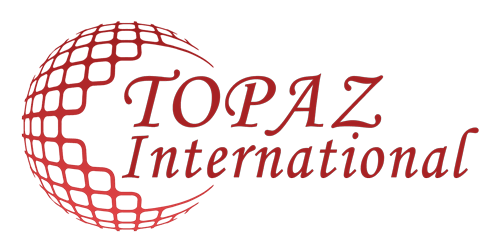However, since the ‘cultural turn’ of the late 1980s a
Arts and cultural activities can make a significant contribution to finding innovative and creative solutions for local and global challenges. There are growing numbers of artists, groups and NGOs that recognize this and who work tirelessly to better their communities through art. To understand cultural and artistic education as an essential part of an inclusive educational model means to open doors for a multi-faceted understanding of development and international co-operation. Both policymakers and stakeholders are beginning to see that art has the potential to play a leading role in increasing the quality of life for many. Inspiration works to gather, promote and leverage the knowledge gained and guide, train and assist those who are working to make the world a better place.
nd early 1990s, there is a growing recognition of the role of art in and for development.


